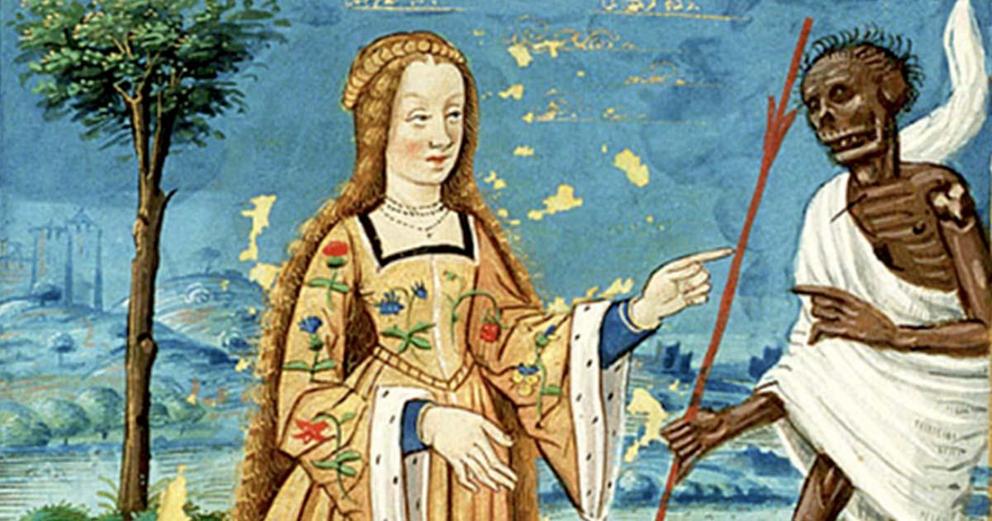Early medieval Europe – Dark Age death practices spread quickly
Top Image: A traveler could go anywhere in Early Medieval Western Europe and see familiar death practices.
A new study suggests that Europe has been ‘global’ for over a millennium. The evidence for this claim comes from a set of shared cultural practices spread over a wide area in early Medieval Europe. The researcher behind the study demonstrates that new ideas could actually spread rather quickly during the so-called Dark Ages.
Dr. Emma Brownlee, from the University of Cambridge, believes that the Dark Ages is a misnomer for early Medieval Europe. Brownlee’s study of cultural funerary practices across the region between the 6th – 8th centuries AD suggests that this period wasn’t a time of cultural stagnation. In fact, the researcher believes that new ideas could spread rapidly around the interconnected communities, creating a surprisingly unified culture, especially around death practices, in early Medieval Europe.
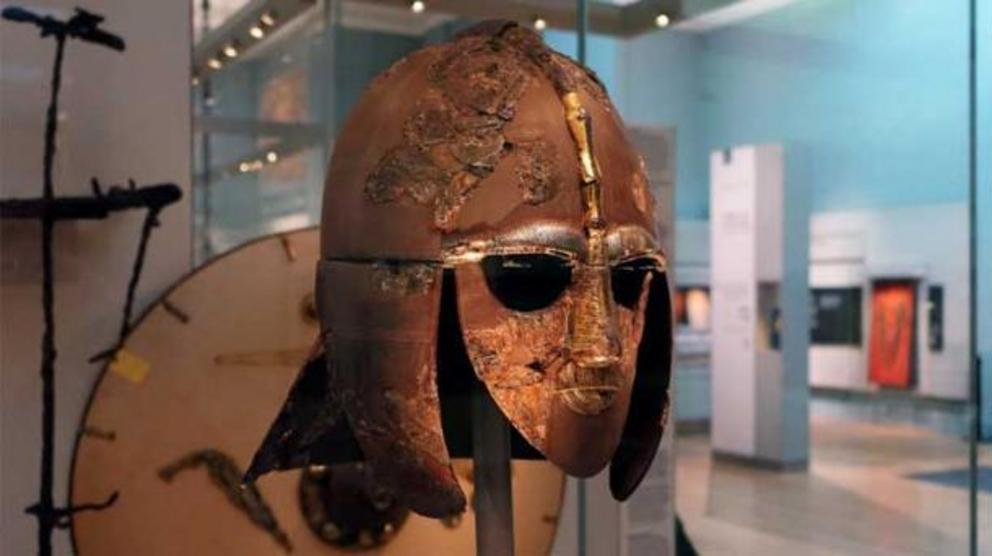 Some of the grave goods from the famous Sutton Hoo ship burial from approximately 625 AD in Suffolk, England.
Some of the grave goods from the famous Sutton Hoo ship burial from approximately 625 AD in Suffolk, England.
Dr. Brownlee has just published a paper in the journal Antiquity. In the paper, she presents the results of one of the largest studies of its kind. Although the scholar notes that there are multiple regional and national studies examining both the chronology and causes of the transition from the inclusion of grave goods to their absence in burials in early Medieval Europe, her study is the first “to examine the phenomenon as a potentially coordinated development” and to “compare the relationships between timings and rate of change in various regions.”
Heat Maps Tracking Death Practices in Early Medieval Europe
The Cambridge University archaeologist examined over 33,000 graves from 237 cemeteries across early Medieval Western Europe and found that there was a widespread, contemporaneous change in burial practices across the region between the 6th – 8th centuries.
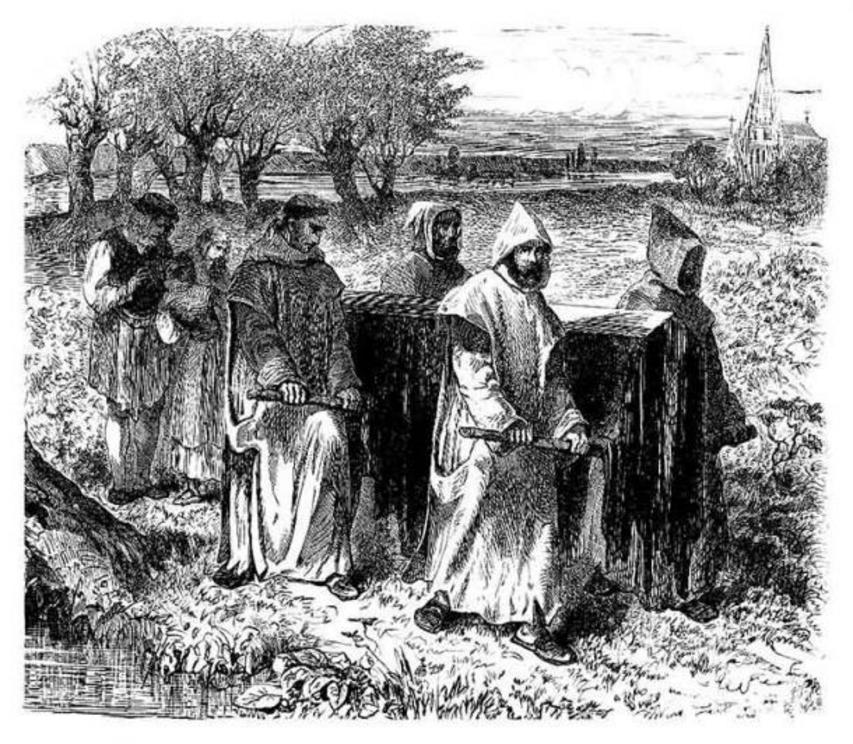 Medieval burial.
Medieval burial.
Funerary practices suddenly changed from burying people with regionally specific grave goods to laying a person to rest in a standardized, unfurnished burial . Dr. Brownlee said that “Almost everyone from the eighth century onwards is buried very simply in a plain grave, with no accompanying objects, and this is a change that has been observed right across western Europe.”
The researcher used statistical analysis to present a series of ‘heat maps’ in her paper which track the frequency of unfurnished graves across early Medieval Europe over time. Her results reveal that the practice of including grave goods in a burial began to drop off in England, France, Germany, and the Low Countries from the mid-sixth century. By the early eighth century, the heat maps show that the ideas was completely abandoned.
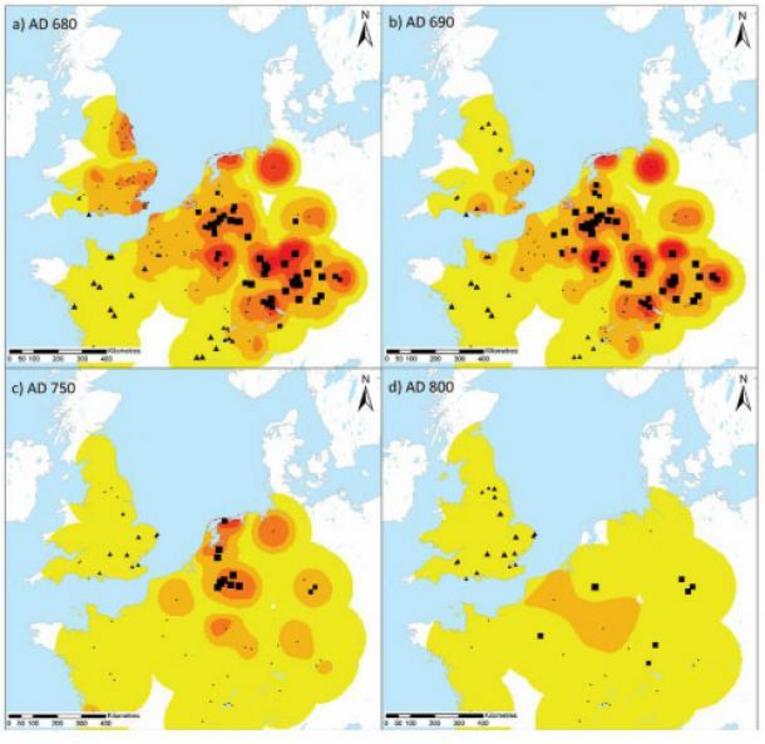 A ‘heat map’ of grave goods’ inclusion in burials over time, showing how they disappear from large parts of early Medieval Western Europe contemporaneously.
A ‘heat map’ of grave goods’ inclusion in burials over time, showing how they disappear from large parts of early Medieval Western Europe contemporaneously.
Dr. Brownlee reflects on the significance of this study, saying that, “The most important finding is that the change from burial with grave goods to burial without them was contemporary across western Europe. Although we knew this was a widespread change before, no one has previously been able to show just how closely aligned the change was in areas that are geographically very far apart.”
Early Medieval Europe was a Well-Connected Place
According to an Antiquity press release on Dr. Brownlee’s study, the results demonstrate that “ early Medieval Europe was a well-connected place, with regular contact and exchange of ideas across vast areas.”
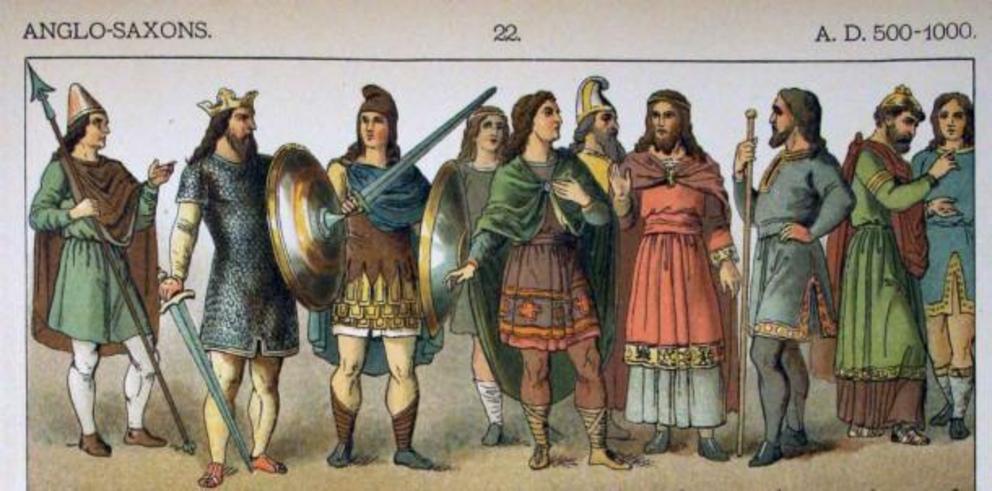 Representation of Anglo-Saxons, one group of early Medieval Europeans.
Representation of Anglo-Saxons, one group of early Medieval Europeans.
The increase in long-distance trade at the time not only spread goods around the region, but it also helped people share their culture, including ideas about funerary practices. Although this study demonstrates that unfurnished burial practices were more widespread as European cultures became more interrelated, it cannot explain the reasons why any particular culture adopted the change, or the significance the change of funerary practice had on any specific culture.
Peer pressure may have played a role in the adoption of the newer burial practice. Dr. Brownlee believes that an increasingly interconnected Europe pressured people to adopt similar practices, but it also reinforced the connections and similarities people saw between and among themselves over time.
“The change in burial practice will have further reinforced those connections; with everyone burying their dead in the same manner, a medieval traveller could have gone anywhere in Europe and seen practices they were familiar with,” Dr. Brownlee said. She concludes “This growing interconnectivity led to a ‘global Europe’, which shared not only funerary rites but also many other aspects of culture.”
Dr. Brownlee’s paper is titled ‘Connectivity and funerary change in early medieval Europe’ and is published in the journal Antiquity.

